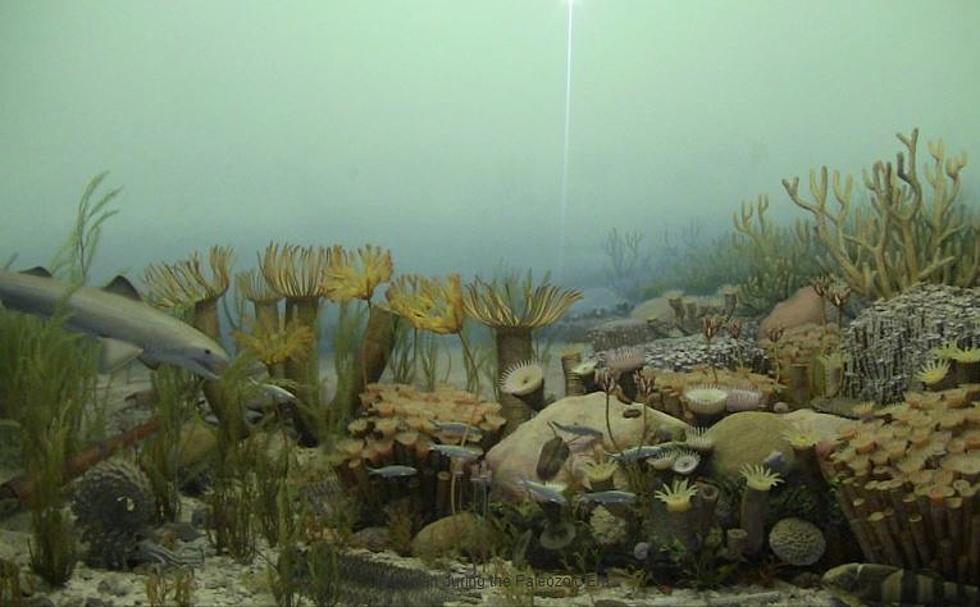
Michigan Was Once a Truly Tropical Paradise, But No One Was Around to See it
The reason? It was hundreds of millions of years ago.
An article written a few years ago by The Rapidian took a look at the development of the area of earth that eventually became Michigan and there was some fascinating information in it. One being that at one point in history, Michigan was actually located on the equator! But again, this was a significant amount of time before any humans existed. It was also way before glaciers, mastodons and other popular stories in Michigan's pre-human history we have learned about in our lives.
Around 443 million to 419 million years ago, during the Silurian period, scientists say there were warm and shallow seas that blanketed Michigan. They believe that during this time, the land was part of a subtropical climate. This allowed large coral reefs to develop all across the state. Some fossils that have been found indicate that the largest and oldest coral reef extends through the center of what is now the Upper Peninsula. In fact, one of the species of coral that lived during this time period would eventually become fossilized and become what we refer to as Petoskey Stones.
Those seas eventually retreated and left a desert that was scattered with fossilized remains that eventually formed the limestone that is located over one hundred and twenty feet below us today.
The Devonian period took place around 400 million years ago and that's when vertebrates were on the rise in Michigan. Most of the North American continent was covered with water.
There were a great number of fish swarming the salt and fresh water seas. The Ganoid species were in a crude state of evolution. Many of them had armor plating with two of their relatives, the Gar Pike and the Sturgeon, still existing in Great Lakes today.
Primitive plants, such as the seed fern, developed from marine algae. On land the Tiktaalik, the link between finned fish and early amphibians, started to use its muscular fins to drag itself around land. -
Michael Tuffelmire writing for the Rapidian (2016)
But it would be another 390 million years and after many many changes, before any animals or humans would set foot on the Michigan we know today. The first inhabitants of the Great Lakes basin arrived about 10,000 years ago. They likely crossed the land bridge that used to exist from Asia or reached the area coming from South America after crossing the Pacific Ocean.
6,000 years ago, evidence of the descendants of the very first settlers using copper was discovered on the southern shore of Lake Superior. By then, they had established hunting and fishing communities throughout the Great Lakes basin.
Rare Tropical Bird Spotted in Michigan for the First Time
More From WKMI





